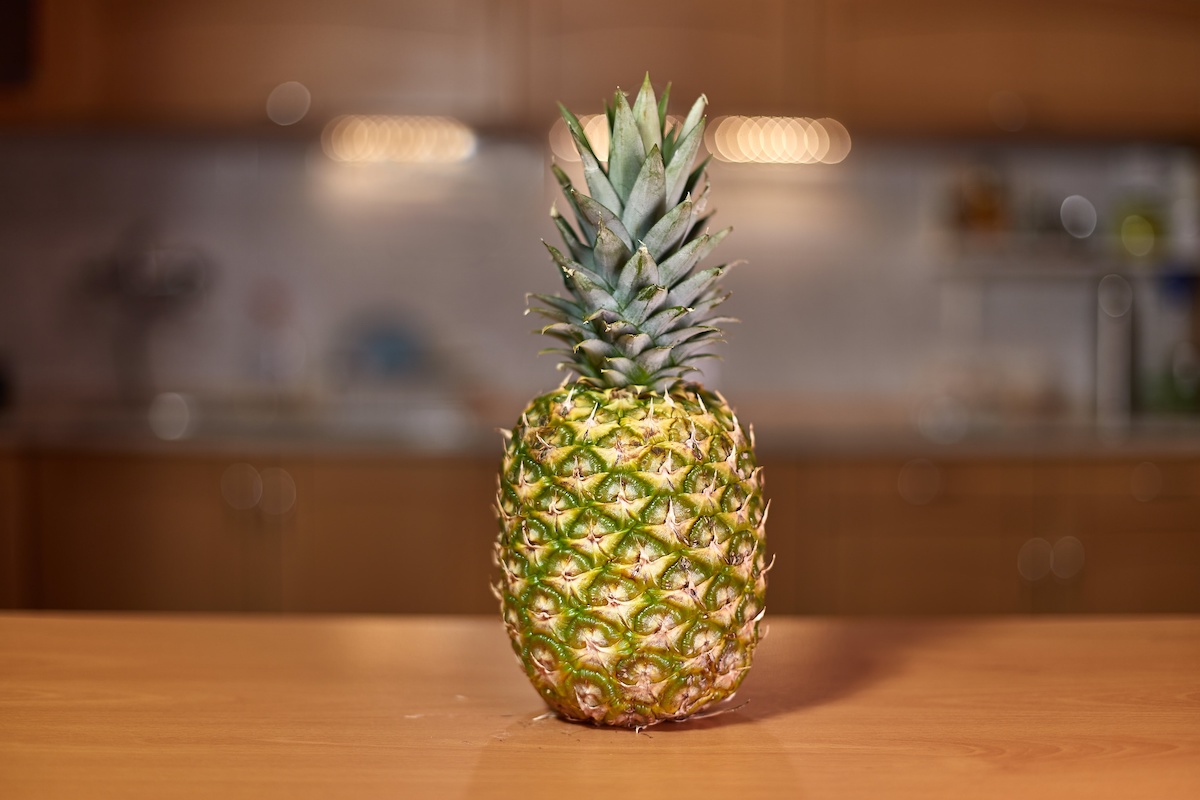

Articles
How To Store A Pineapple
Modified: March 26, 2024
Learn how to store a pineapple with these helpful articles. Find out the best methods to keep your pineapple fresh for longer.
(Many of the links in this article redirect to a specific reviewed product. Your purchase of these products through affiliate links helps to generate commission for Storables.com, at no extra cost. Learn more)
Introduction
Welcome to our comprehensive guide on how to store a pineapple! Pineapples are delicious and juicy tropical fruits that can add a burst of flavor to various dishes and beverages. Whether you’ve just bought a ripe pineapple or have some leftover slices, it’s essential to store them properly to maintain their freshness and taste.
In this article, we will take you through the step-by-step process of selecting a ripe pineapple, preparing it for storage, and choosing the most suitable storage method. We will also cover different options like refrigeration, freezing, and storing at room temperature, along with tips on how to check and maintain the pineapple’s freshness.
But before we dive into the specifics, let’s talk about the importance of storing pineapples correctly. Proper storage not only helps prolong the pineapple’s shelf life but also maintains its texture, sweetness, and nutritional value.
Pineapples are delicate fruits that can become overripe or spoil quickly if not handled properly. Improper storage can lead to changes in taste, texture, and even the growth of harmful bacteria. By following the techniques outlined in this guide, you can extend the shelf life of your pineapple and enjoy its flavors for longer.
So if you’re ready to learn how to store a pineapple the right way, let’s get started with the first step: selecting a ripe pineapple!
Key Takeaways:
- Choose a ripe pineapple by looking for vibrant color, checking the aroma, and pressing for firmness. Properly preparing and sealing the pineapple for storage ensures optimal freshness and taste.
- Whether refrigerating, freezing, or storing at room temperature, follow the steps to maintain the pineapple’s quality. Use your senses to check for freshness and enjoy the tropical goodness for longer.
Read more: How To Store Cut Pineapple
Step 1: Selecting a Ripe Pineapple
Choosing a ripe pineapple is crucial for ensuring its quality and taste. Here are some tips to help you select the perfect pineapple:
- Look for color: A ripe pineapple will have a vibrant golden-yellow color on its exterior. Avoid pineapples that have green or brown patches, as these indicate that the fruit is either unripe or overripe.
- Check the smell: Give the pineapple a gentle sniff near the base. A ripe pineapple should have a sweet, fragrant aroma. If it smells sour or fermented, it’s a sign that the pineapple is past its prime.
- Press for firmness: Gently press the pineapple to check its firmness. It should have a slight give when pressed but not be too mushy or too firm. Pineapples that are overly soft or too hard may not be at their optimal ripeness.
- Inspect the leaves: Take a look at the leaves at the top of the pineapple. They should be fresh and green, with no signs of wilting or browning. Healthy leaves indicate that the pineapple was picked at the right time.
Remember, the key is to find a pineapple that is neither underripe nor overripe. An underripe pineapple may taste sour and lack sweetness, while an overripe one may be mushy and have an off-flavor.
Once you have selected a ripe pineapple, it’s time to move on to the next step: preparing the pineapple for storage. Let’s find out how to do it in the following section!
Step 2: Preparing the Pineapple for Storage
Before storing a pineapple, it’s important to properly prepare it to ensure optimal freshness. Here are the steps to follow:
- Wash the pineapple: Start by rinsing the pineapple under cool, running water. This will remove any dirt or debris from the skin.
- Remove the crown: Using a sharp knife, carefully cut off the leafy crown of the pineapple. This will make it easier to handle and store. You can save the crown for decorative purposes or even try growing a pineapple plant from it in the future.
- Trim the ends: Trim about half an inch from both ends of the pineapple to remove any dried or discolored portions.
- Peel the skin: Stand the pineapple upright and use a sharp knife to carefully peel off the tough outer skin, working from top to bottom. Make sure to remove any “eyes” or small brown spots left on the fruit.
- Remove the core (optional): If desired, use a corer or a knife to remove the fibrous core from the center of the pineapple. This step is optional, as the core is edible. However, some people prefer to remove it as it can be slightly tougher in texture.
- Slice or dice (optional): Depending on your storage preference, you can either slice the pineapple into rings, cut it into wedges, or dice it into small pieces. Consider how you plan to use the pineapple in the future to determine the best method of cutting.
By following these steps, you have now prepared the pineapple for storage. The next step will be to choose the right storage method. Let’s explore your options in the following section!
Step 3: Choosing the Right Storage Method
Now that you have prepared the pineapple, it’s time to consider the best storage method based on your needs and preferences. Here are a few options to choose from:
- Refrigeration: Storing pineapple in the refrigerator is a common method to prolong its freshness. Place the prepared pineapple slices or pieces in an airtight container or ziplock bag and store them in the refrigerator. This method can help keep the pineapple fresh for up to 5-7 days.
- Freezing: Freezing pineapple is an excellent option if you want to extend its shelf life even further. For this method, place the pineapple pieces on a baking sheet and freeze them until firm. Then transfer the frozen pineapple to a freezer-safe bag or container. Frozen pineapple can last for up to 10-12 months.
- Room temperature: If you plan to consume the pineapple within a day or two, storing it at room temperature is a viable option. Keep the prepared pineapple in a cool, dry place away from direct sunlight and heat sources. Remember that room temperature storage may cause the fruit to become softer and ripen faster.
Consider the amount of time you want to store the pineapple and the intended use. If you need it for immediate consumption, room temperature storage might be the most convenient. However, if you want to enjoy the pineapple over a more extended period, refrigeration or freezing would be more suitable.
Now that you know the various storage options, let’s move on to step 4: storing the pineapple in the refrigerator!
Step 4: Storing the Pineapple in the Refrigerator
If you’ve chosen the refrigeration method to store your pineapple, follow these steps to ensure optimal freshness:
- Place in an airtight container: Transfer the prepared pineapple slices or pieces to an airtight container or a ziplock bag. This will help prevent moisture loss and protect the pineapple from absorbing odors in the refrigerator.
- Label and date the container: If you have multiple containers or bags of pineapple, it’s a good idea to label them with the date of storage. This will make it easier to track the freshness and determine when to consume the pineapple.
- Store in a designated refrigerator spot: Choose a spot in your refrigerator with a consistent temperature, such as the produce drawer or a middle shelf. Avoid placing the pineapple near strong-smelling foods, as it can absorb their flavors.
By following these steps, you can ensure that your pineapple maintains its freshness and flavor for an extended period. Remember to check the pineapple periodically for any signs of spoilage or changes in texture. If you notice any deterioration, it’s best to discard the pineapple to prevent foodborne illnesses.
Now that you know how to store a pineapple in the refrigerator, let’s move on to step 5: freezing the pineapple for long-term storage!
Store a pineapple at room temperature for 2-3 days, or in the refrigerator for up to 4-5 days. To extend its shelf life, cut the pineapple into chunks and store them in an airtight container in the fridge for up to 6 days.
Read more: How To Store Pineapple
Step 5: Freezing the Pineapple
If you want to extend the shelf life of your pineapple even further, freezing is an excellent option. Here’s how you can freeze pineapple:
- Pre-freeze the pineapple: Place the prepared pineapple pieces on a baking sheet lined with parchment paper or a silicone mat. Make sure the pieces are spread out, not touching each other. Pre-freezing them individually will prevent them from sticking together in the final storage container.
- Freeze until firm: Place the baking sheet with the pineapple in the freezer and let them freeze until firm, usually for about 1-2 hours. Freezing them individually before storing helps maintain their shape and texture.
- Transfer to a container or freezer bag: Once the pineapple pieces are firm, transfer them to a freezer-safe container or a ziplock bag. Remove as much air as possible from the bag to prevent freezer burn. Remember to label the container with the date of freezing.
- Store in the freezer: Place the container or bag of pineapple in the freezer, preferably in a designated spot for easy access. Frozen pineapple can last for 10-12 months, but it’s best to consume them within 6 months for the best taste and texture.
By following these steps, you can enjoy the goodness of pineapple throughout the year. Frozen pineapple is perfect for adding to smoothies, desserts, or even as a refreshing frozen treat on its own.
Now that you know how to freeze pineapple, let’s move on to step 6: storing the pineapple at room temperature!
Step 6: Storing the Pineapple at Room Temperature
If you plan to consume the pineapple within a day or two, storing it at room temperature is a suitable option. Here’s how you can store the pineapple at room temperature:
- Choose a cool spot: Find a cool area in your kitchen or pantry away from direct sunlight and heat sources. The temperature should be between 70-75°F (21-24°C).
- Keep it whole: To maintain the pineapple’s freshness, it’s best to store it whole rather than cutting it into slices or pieces. This helps prevent moisture loss and slows down the ripening process.
- Place it in a well-ventilated area: Ensure that there is enough airflow around the pineapple to prevent it from becoming overly moist, which can lead to mold growth. Avoid storing it in an airtight container.
- Check for freshness: Periodically inspect the pineapple for any signs of spoilage. If you notice any mold, a foul odor, or excessive softening, it’s best to discard the pineapple to avoid any potential health risks.
By following these steps, you can store your pineapple at room temperature for a short period while maintaining its quality. Keep in mind that room temperature storage may cause the pineapple to become slightly softer and ripen faster compared to refrigeration.
Now that you know how to store a pineapple at room temperature, let’s move on to step 7: properly sealing the pineapple for storage!
Step 7: Properly Sealing the Pineapple for Storage
Properly sealing the pineapple is essential to maintain its freshness and prevent it from absorbing odors or flavors from other foods. Here are some tips for sealing the pineapple for storage:
- Use an airtight container: When storing pineapple in the refrigerator or freezer, opt for an airtight container. This helps prevent moisture loss and protects the pineapple from absorbing unwanted flavors.
- Choose a freezer-safe bag: If you’re freezing pineapple, use a freezer-safe bag to prevent freezer burn. Squeeze out as much air as possible before sealing the bag.
- Consider vacuum sealing: Vacuum-sealing is an excellent option for long-term storage. It removes all air from the packaging, maintaining the pineapple’s freshness and texture. However, this option requires a vacuum sealer machine.
- Label and date: Whether you’re using a container, bag, or vacuum-sealed package, remember to label it with the date of storage. This ensures that you’re aware of the pineapple’s age and can consume it within a reasonable timeframe.
By properly sealing the pineapple, you can prolong its shelf life and preserve its taste and quality. Remember to choose the appropriate storage method and container based on the duration you plan to store the pineapple.
Now that you know how to seal the pineapple for storage, let’s move on to step 8: checking and maintaining the pineapple’s freshness!
Step 8: Checking and Maintaining the Pineapple’s Freshness
Checking and maintaining the freshness of your stored pineapple is crucial to ensure that it is safe to consume and retains its delicious taste. Here are some tips to help you with this step:
- Regularly inspect the pineapple: Periodically check the stored pineapple for any signs of spoilage such as mold, unusual odors, or changes in texture. If you notice any of these signs, it’s best to discard the pineapple to avoid any risk of foodborne illnesses.
- Consume within the recommended time frame: Be mindful of the recommended storage times for the specific method you have chosen. Consume the pineapple before it exceeds the recommended timeframe to ensure optimal quality.
- Consider using preserved methods: If you have stored pineapple for an extended period, you might want to consider using it in preserved forms such as jams, jellies, or dehydrating it for a longer shelf life.
- Use your senses: Trust your senses when determining the freshness of the pineapple. Smell it to ensure a sweet and characteristic aroma, and observe its texture and appearance for any signs of deterioration.
It’s important to note that although proper storage techniques can extend the pineapple’s shelf life, the fruit will eventually begin to lose its quality over time. It’s always best to consume the pineapple as soon as possible for the best taste and texture.
By following these tips, you can help maintain the freshness and quality of your stored pineapple, ensuring a delightful eating experience with each serving.
Now that you’re equipped with the knowledge of how to check and maintain the pineapple’s freshness, it’s time to wrap up our guide on how to store a pineapple!
Remember, storing a pineapple properly will help preserve its flavors and nutritional value, allowing you to enjoy this tropical fruit for a longer period. Whether you choose refrigeration, freezing, or storing at room temperature, the key is to follow these steps and use your senses to determine the pineapple’s freshness.
We hope this guide has been helpful to you. Now go ahead and pick that perfect pineapple, prepare it for storage, and enjoy the sweet taste whenever you desire!
Happy pineappling!
Read more: How To Store Pineapple In Freezer
Conclusion
In conclusion, properly storing a pineapple is essential for maintaining its freshness, taste, and quality. Whether you choose to refrigerate, freeze, or store it at room temperature, following the steps outlined in this guide will help ensure optimal storage conditions.
Selecting a ripe pineapple is the first step, as it dictates the fruit’s overall flavor and sweetness. By looking for vibrant color, checking the aroma, and pressing for firmness, you can choose a pineapple at its peak ripeness.
Preparing the pineapple involves washing, removing the crown, trimming the ends, peeling the skin, and optionally removing the core. These steps ensure that the pineapple is ready for storage and consumption.
Choosing the right storage method depends on your needs and timeline. Refrigeration is suitable for short-term storage, while freezing allows for longer preservation. Storing at room temperature is ideal if you plan to consume the pineapple within a day or two.
Properly sealing the pineapple in an airtight container, freezer-safe bag, or even vacuum-sealing helps maintain its freshness and prevents it from absorbing unwanted flavors. Remember to label and date the containers for easy tracking.
To ensure the pineapple remains fresh, check for any signs of spoilage periodically. Trust your senses and consume the pineapple within the recommended storage time frame. If stored for an extended period, consider using preserved methods to make the most out of your pineapple.
By following these steps and guidelines, you can store a pineapple effectively and enjoy its delicious taste in various recipes, from refreshing smoothies to mouthwatering desserts.
So next time you bring home a ripe pineapple, remember to choose the right storage method and take the necessary steps to maintain its freshness. With proper storage, you can savor the tropical goodness of this delightful fruit for a longer time.
Now, go ahead and enjoy the sweetness of your perfectly stored pineapple!
Frequently Asked Questions about How To Store A Pineapple
Was this page helpful?
At Storables.com, we guarantee accurate and reliable information. Our content, validated by Expert Board Contributors, is crafted following stringent Editorial Policies. We're committed to providing you with well-researched, expert-backed insights for all your informational needs.
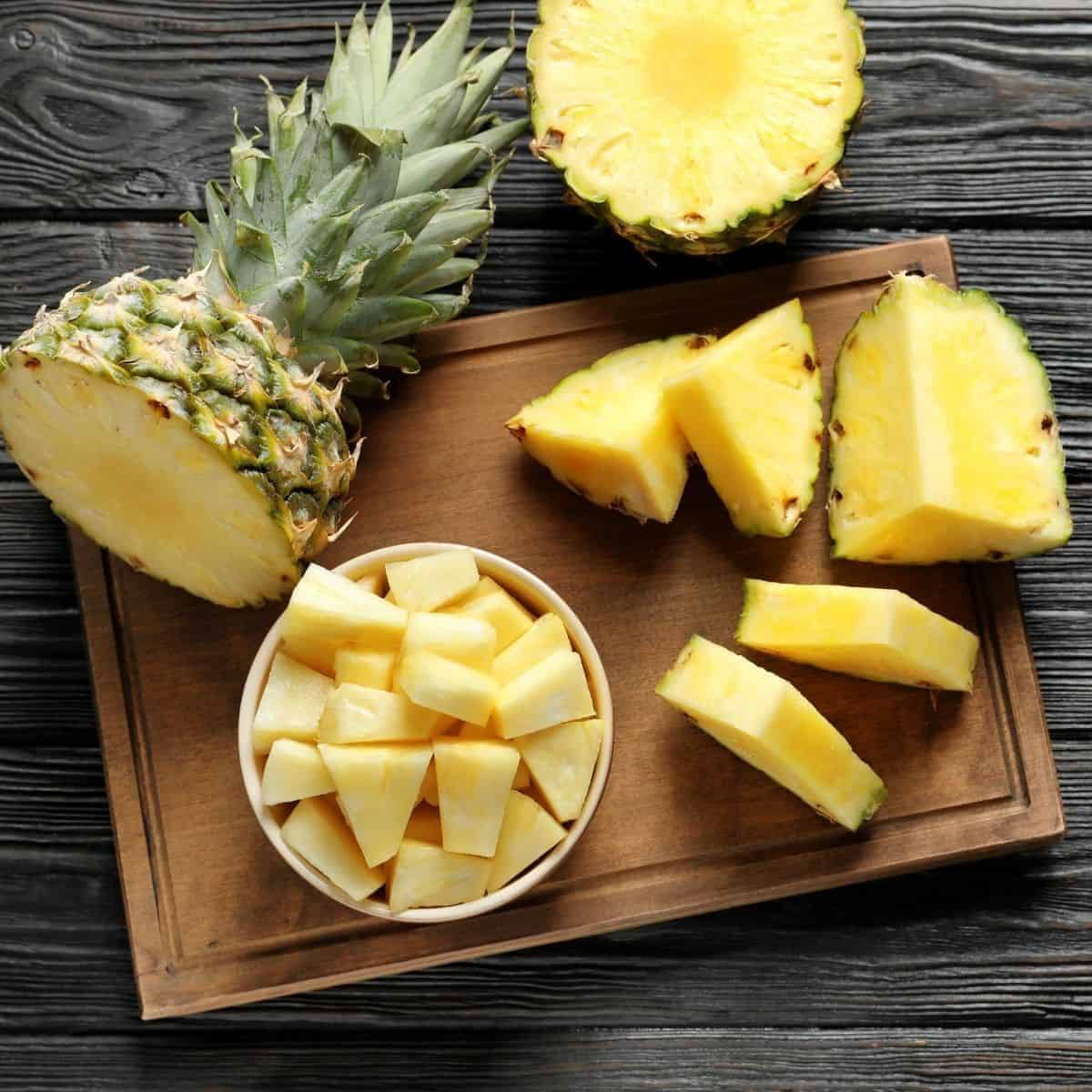
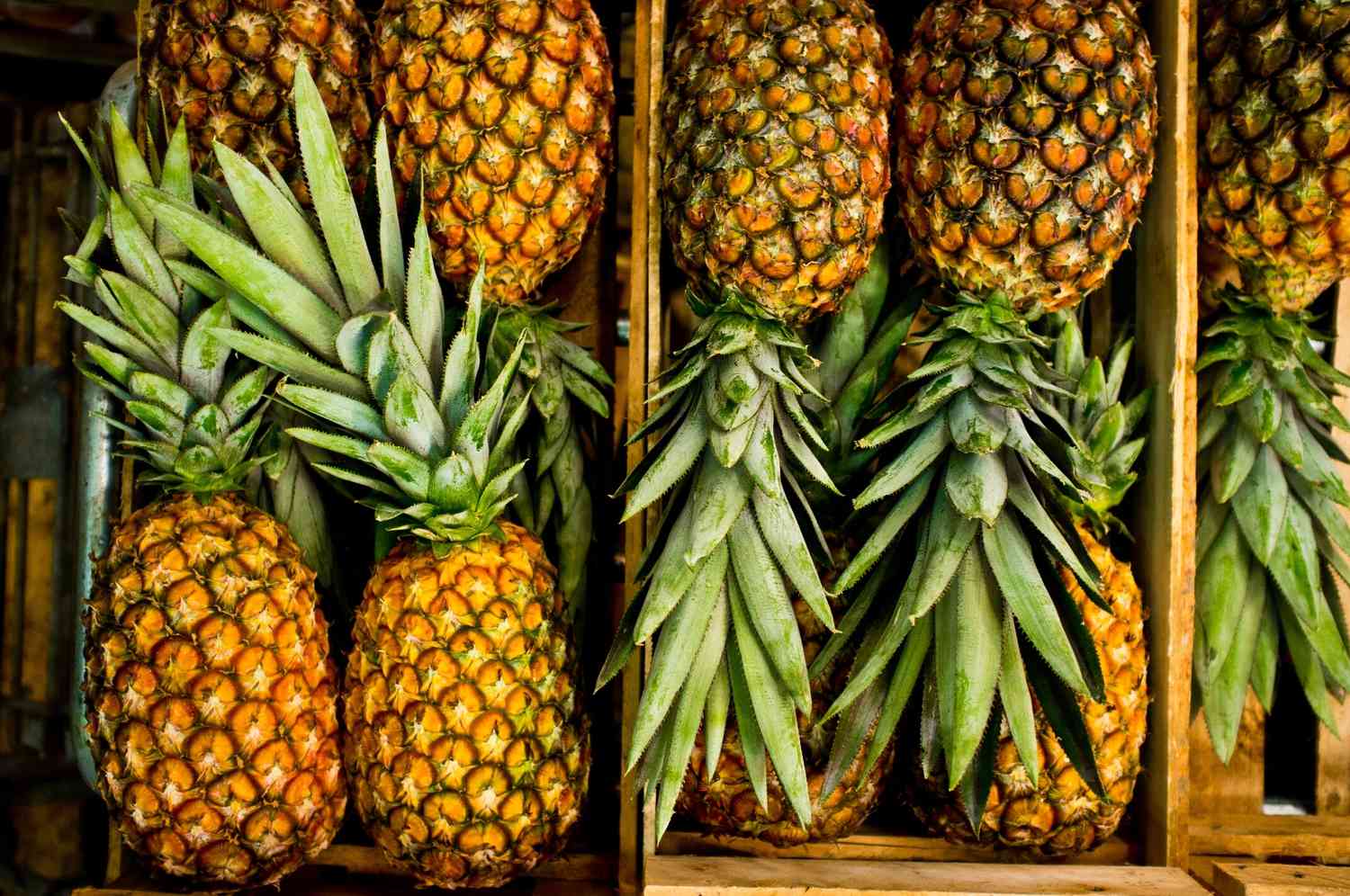
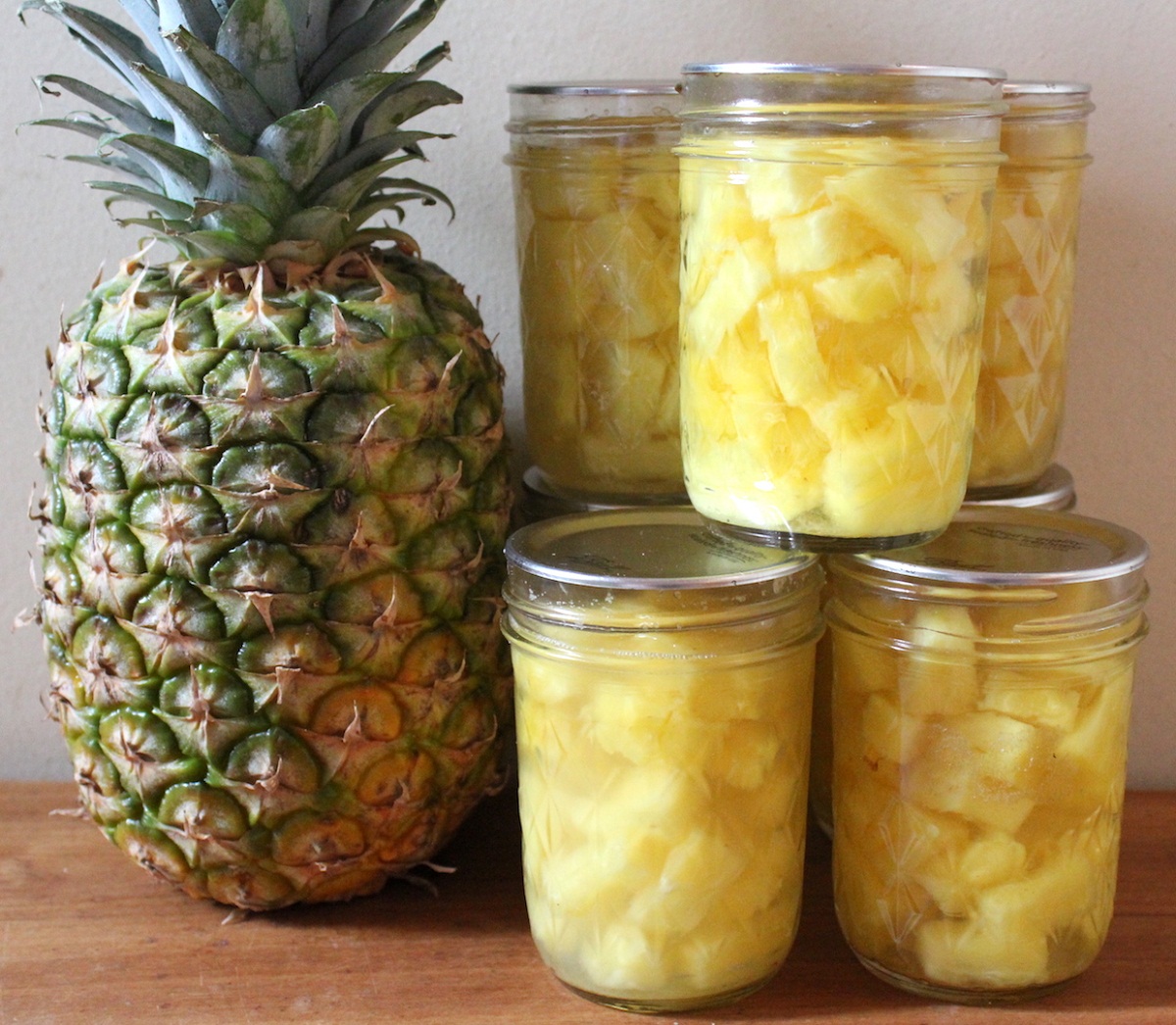
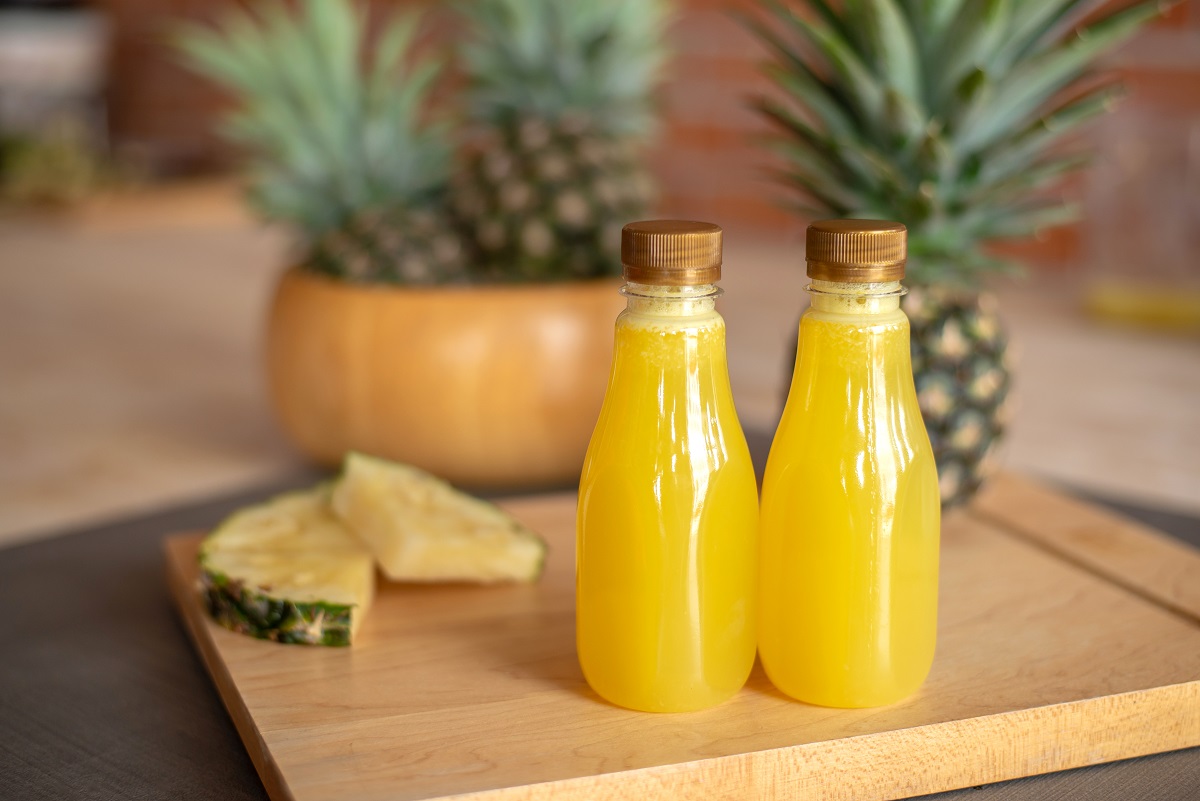

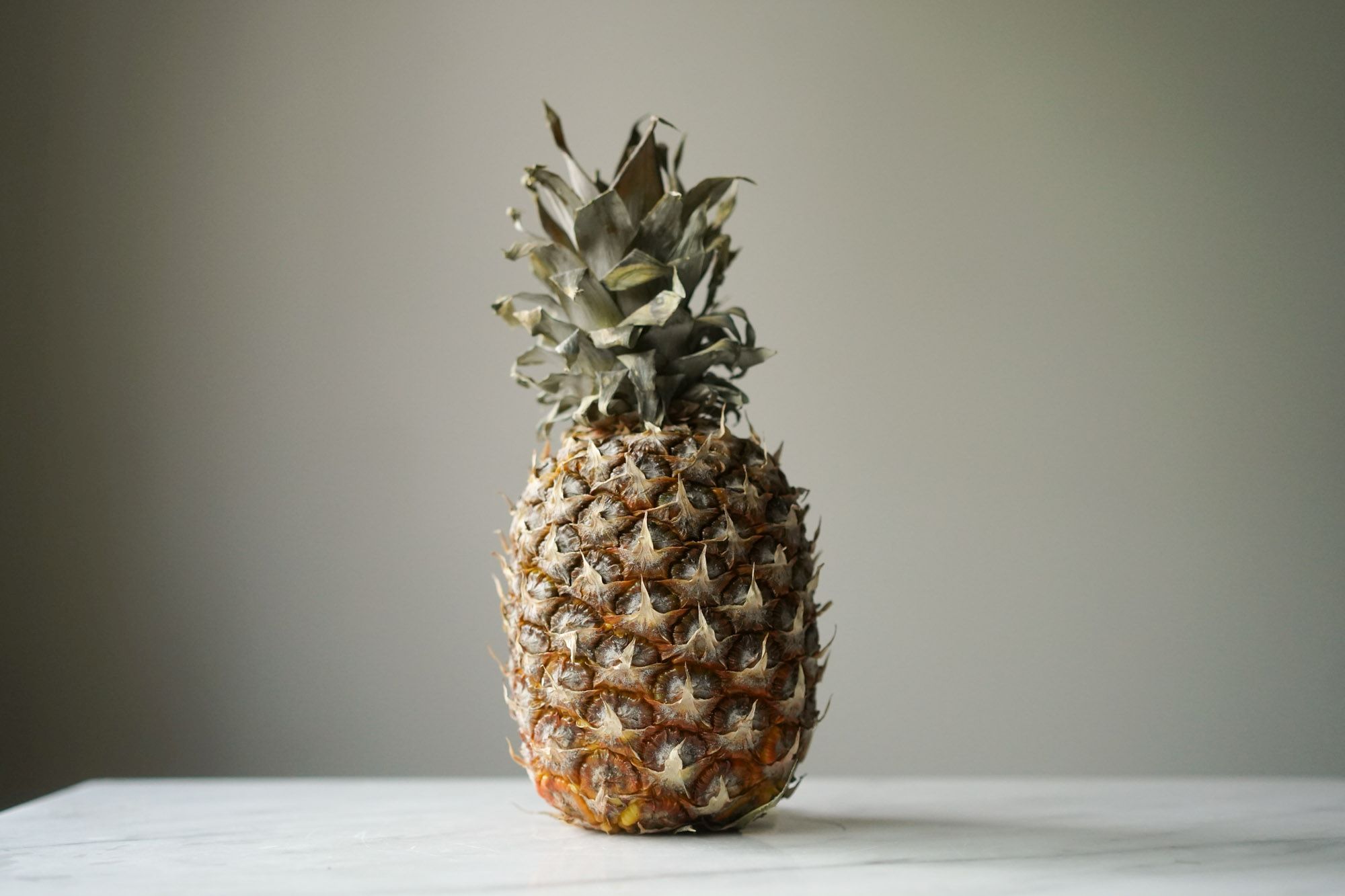
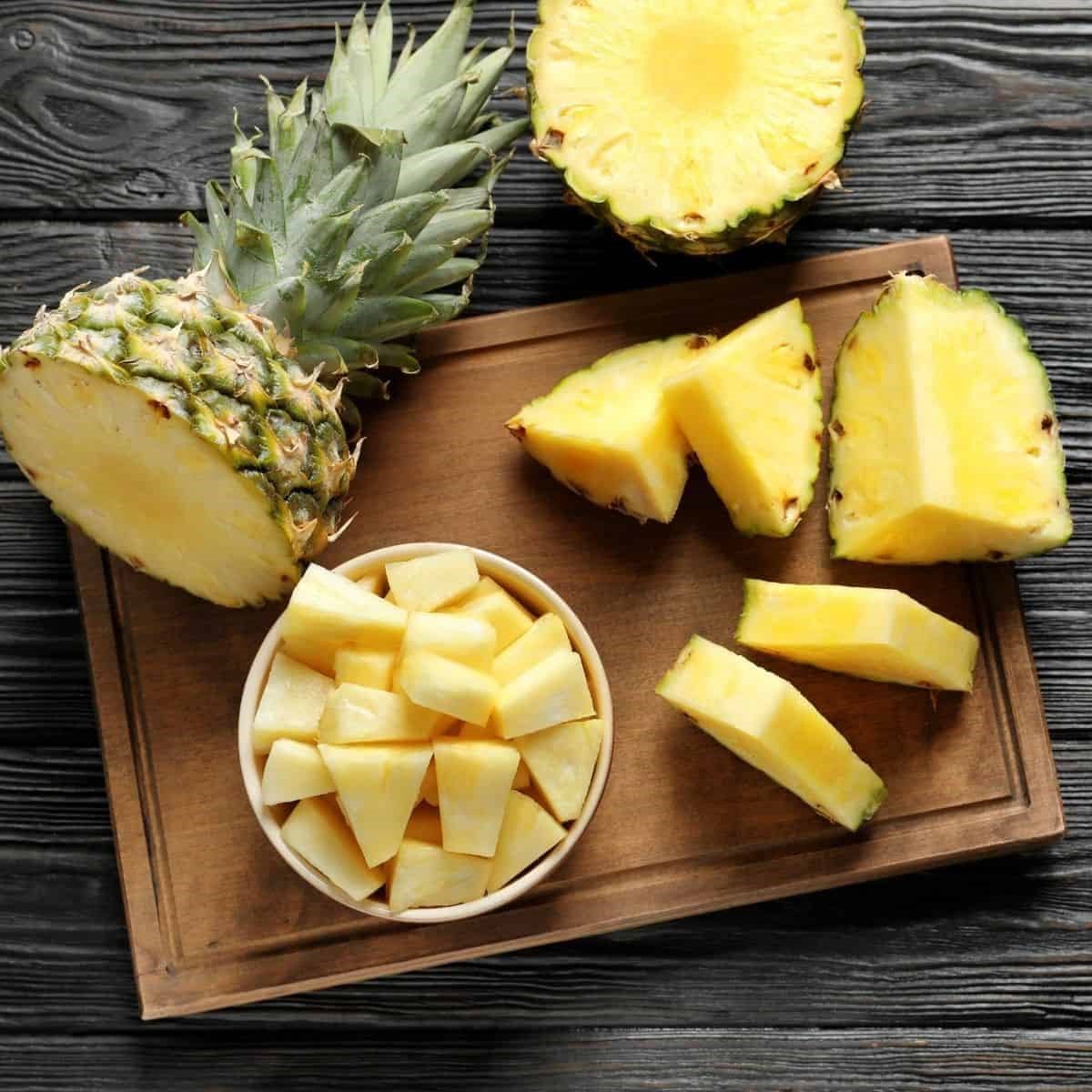
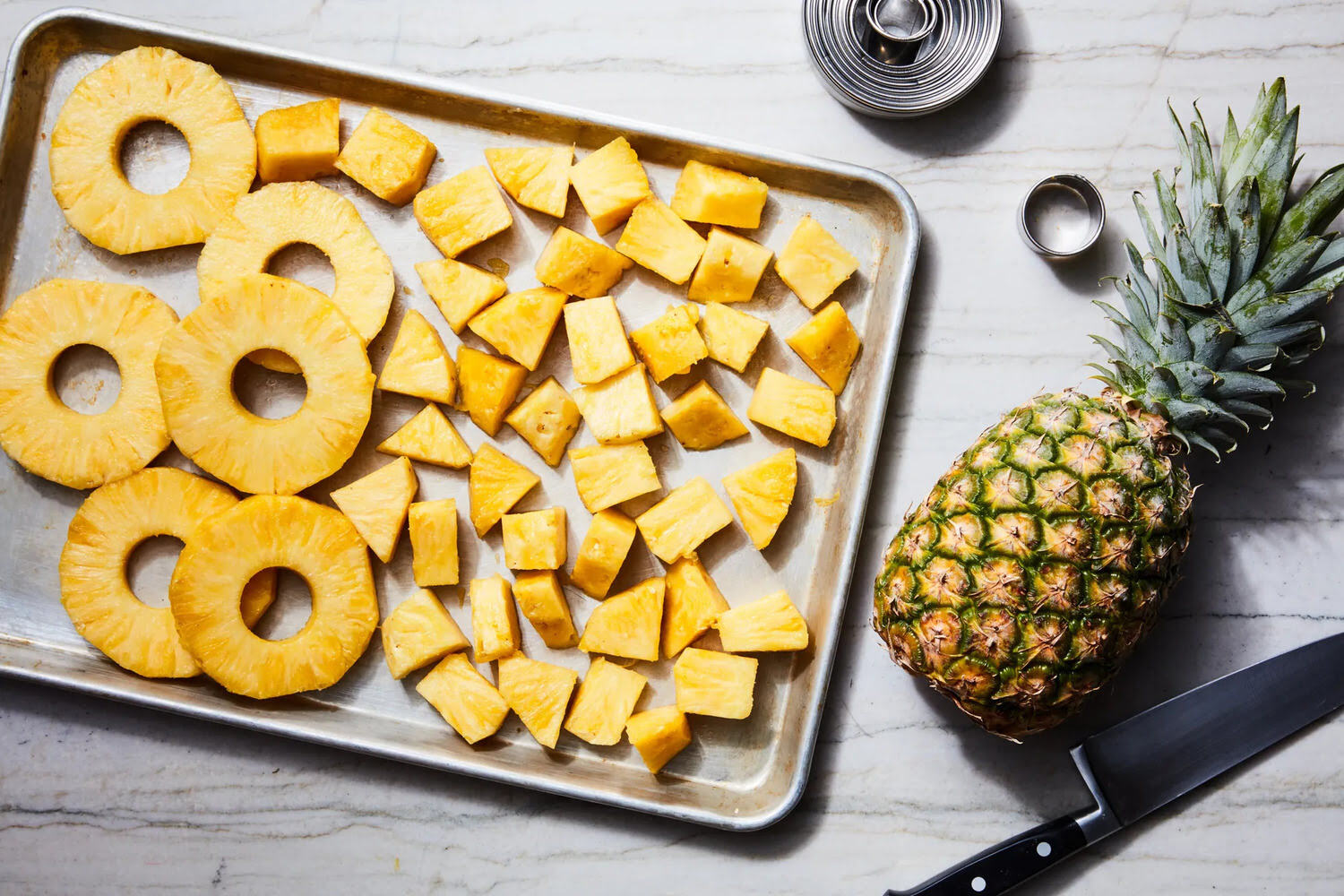
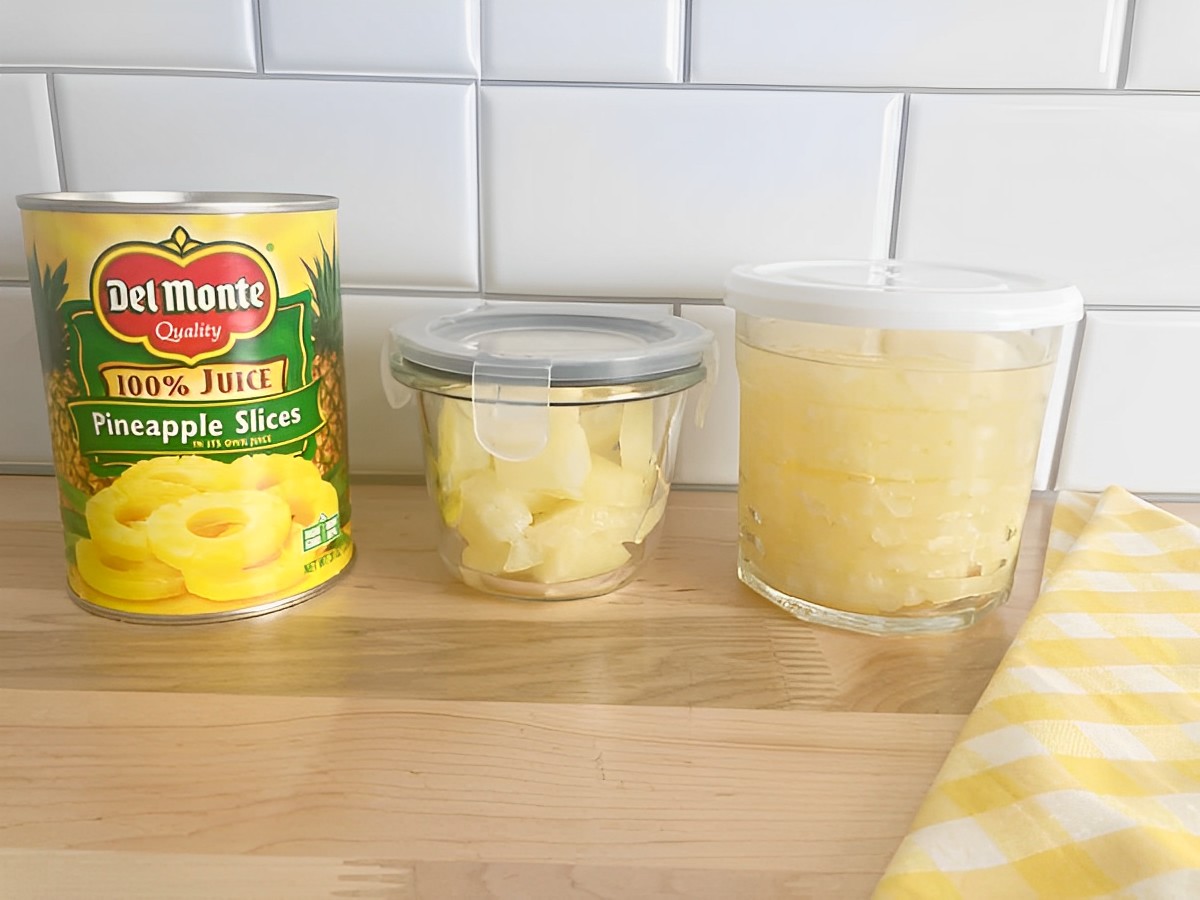
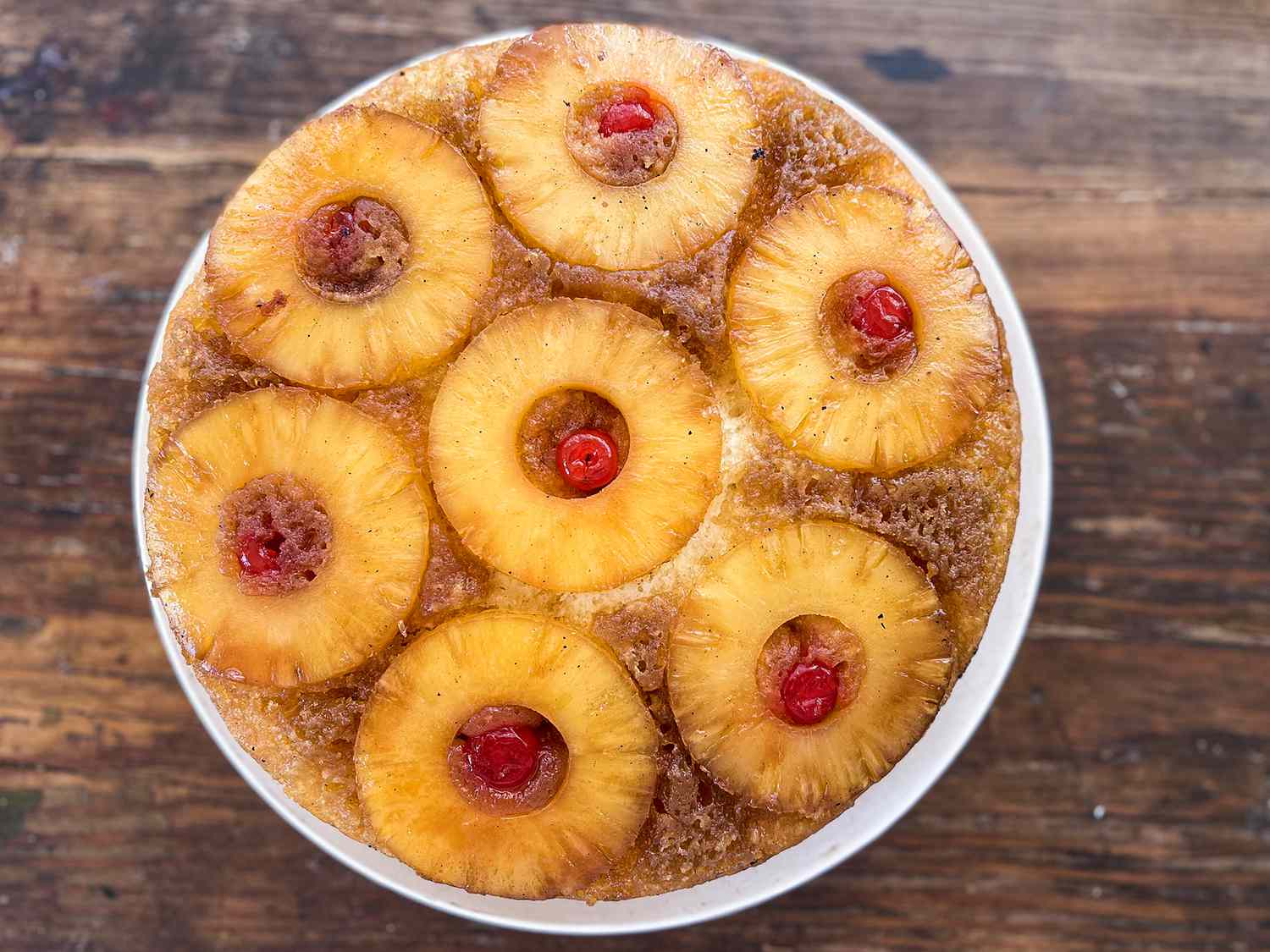
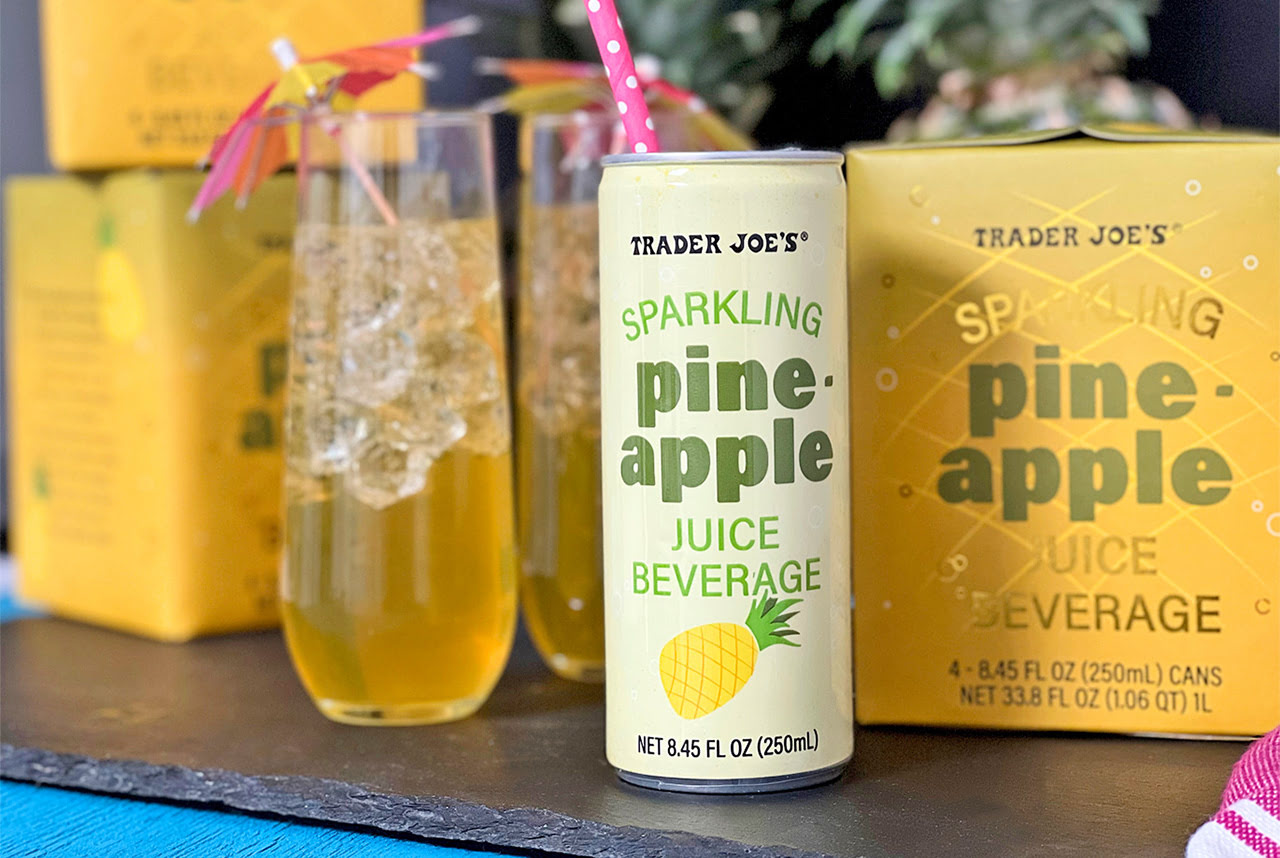

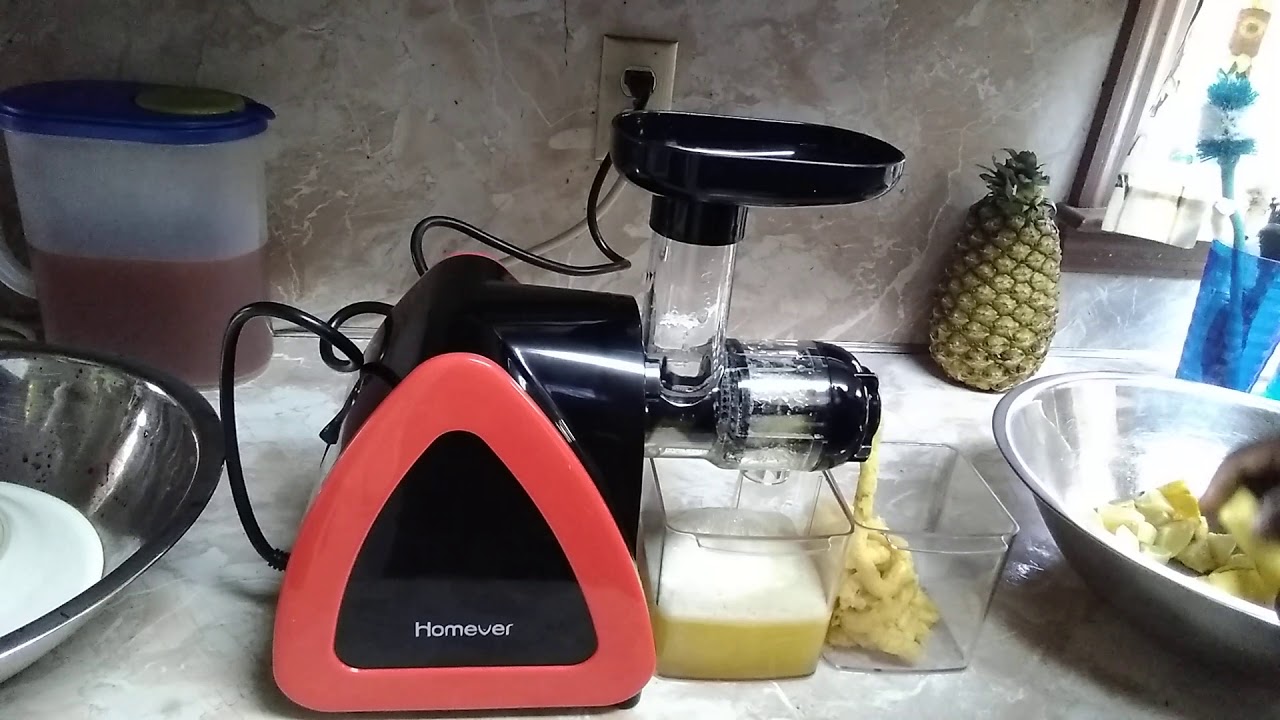

0 thoughts on “How To Store A Pineapple”